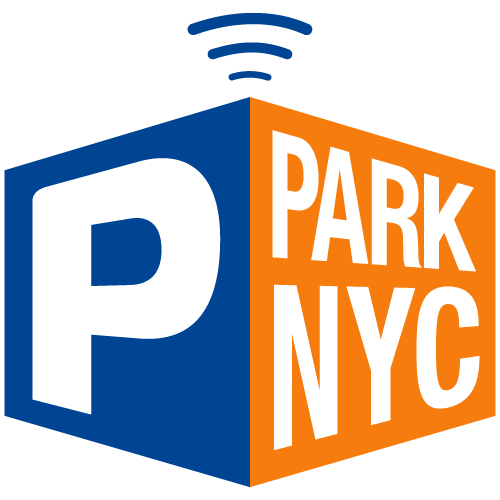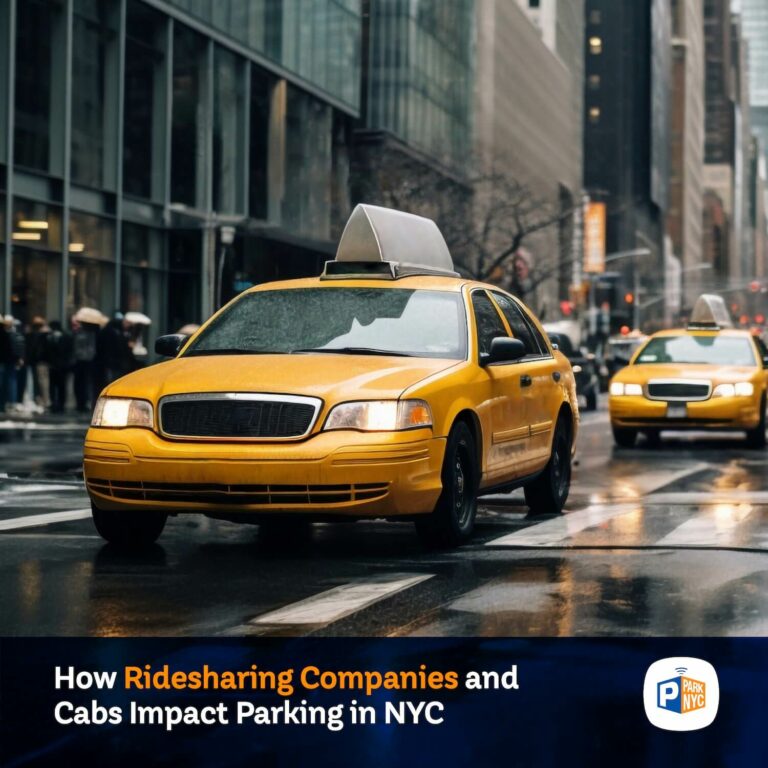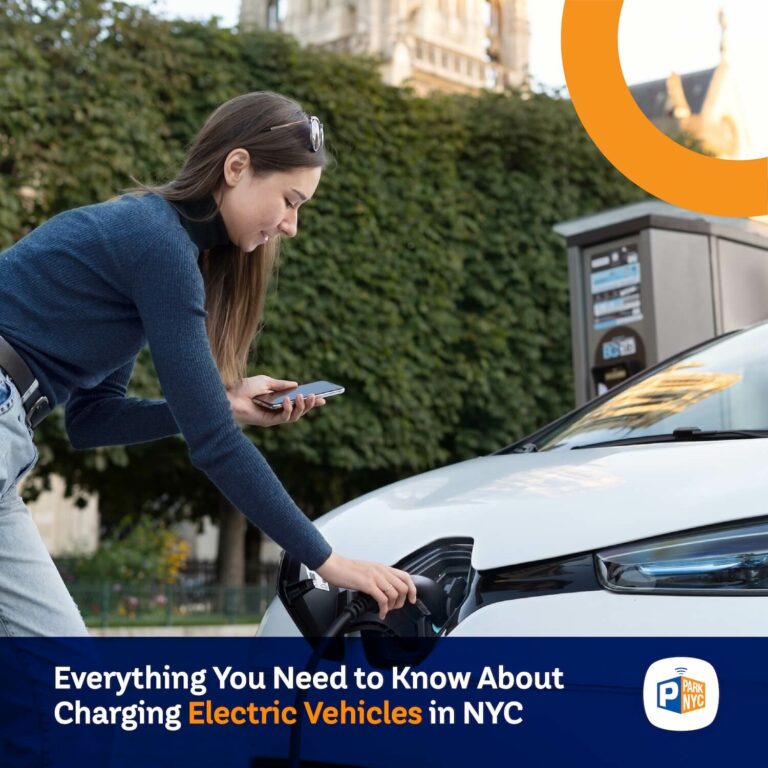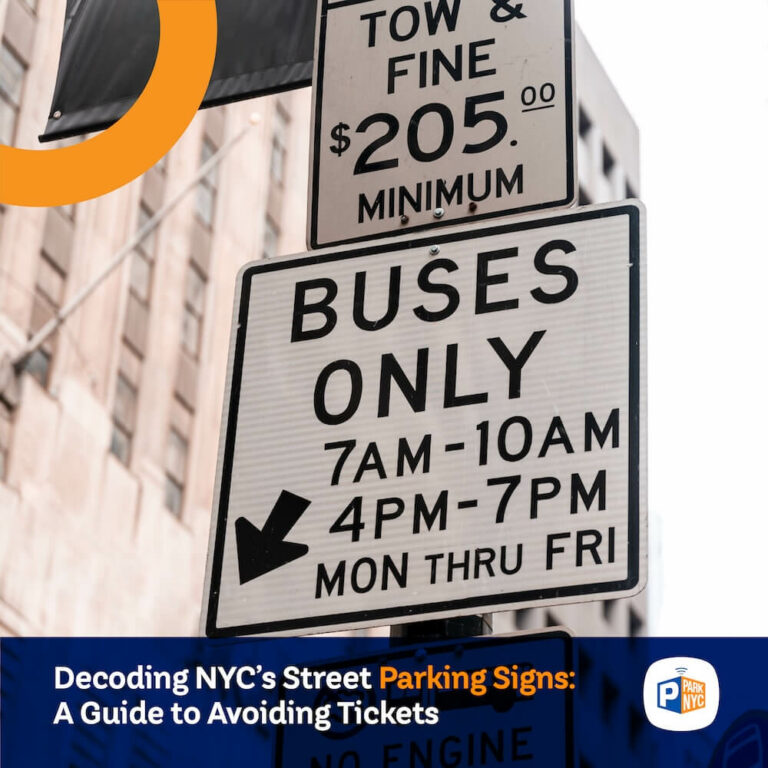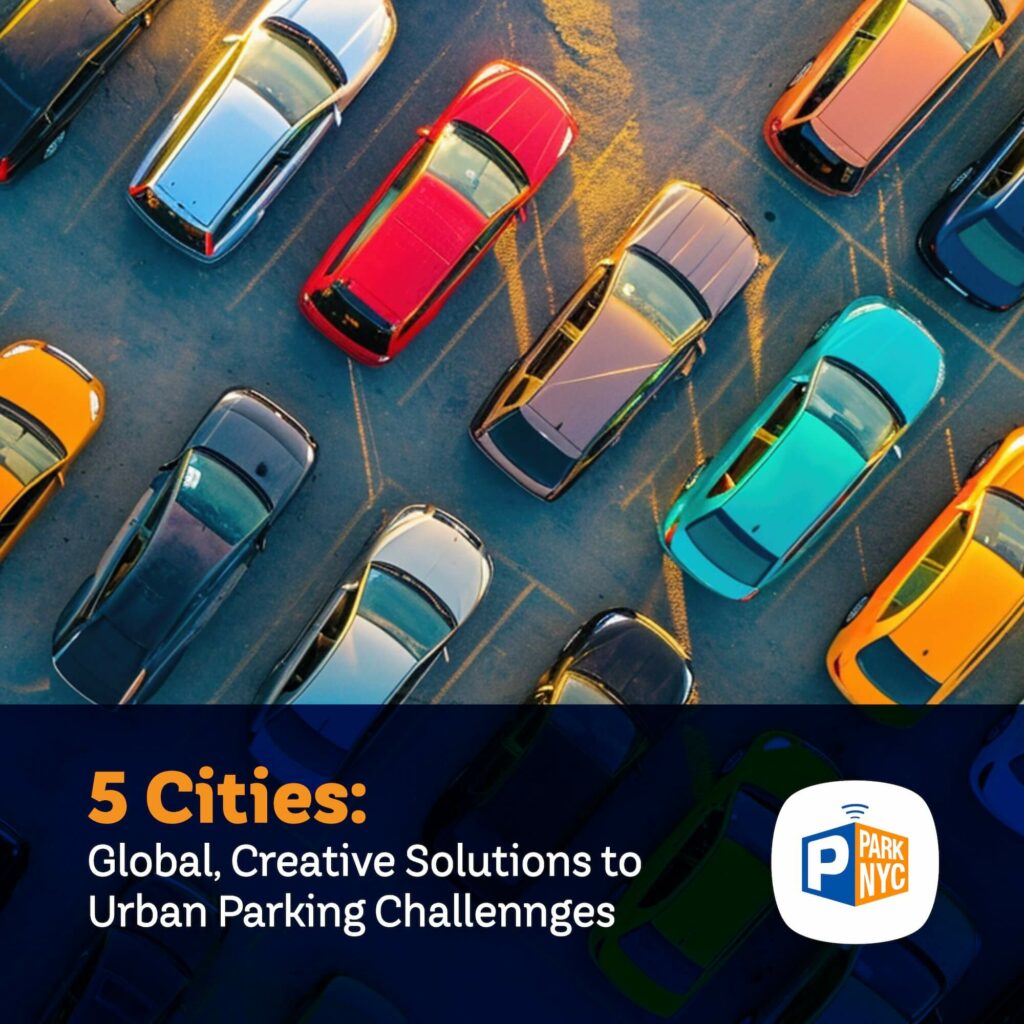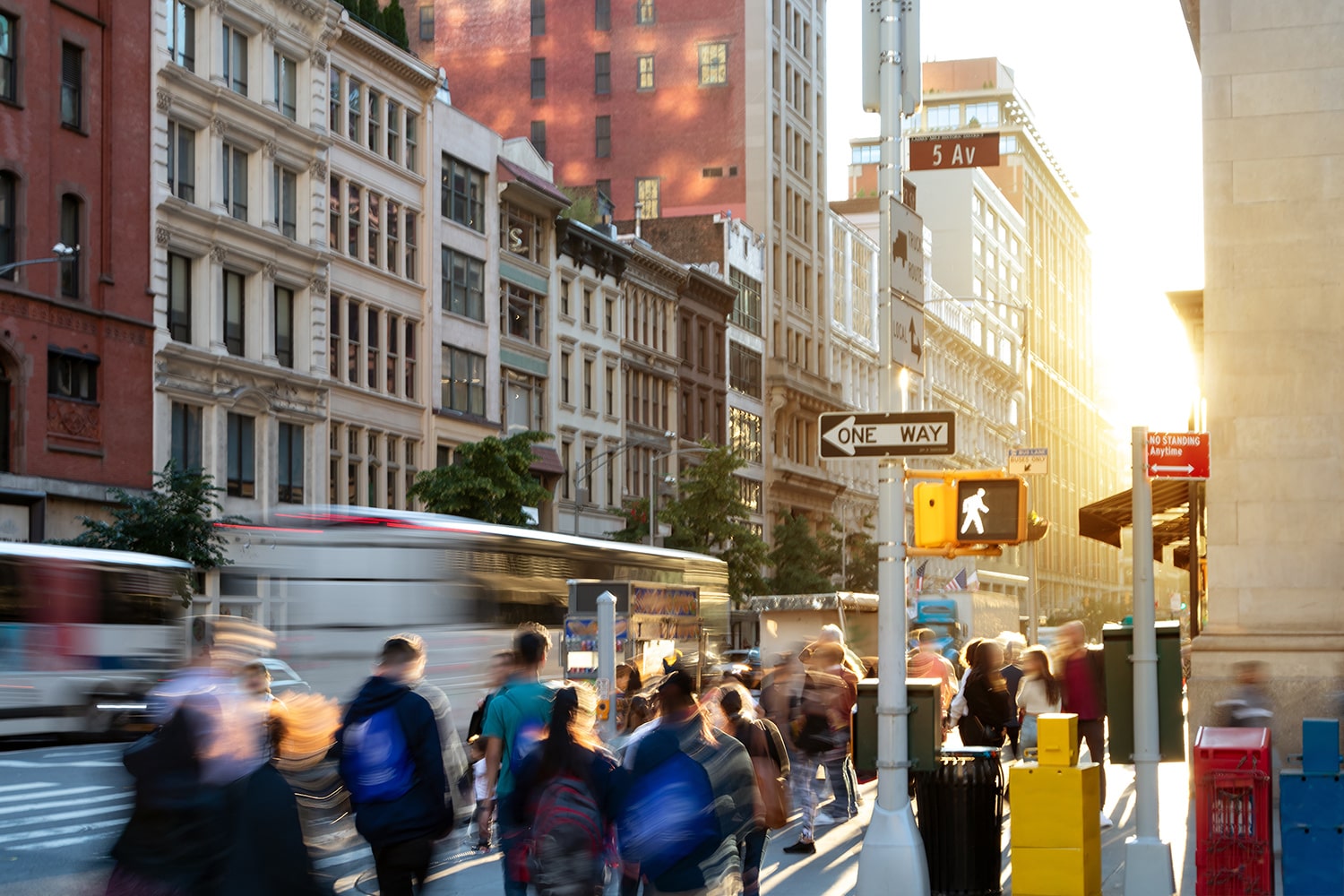In urban centers around the world, the struggle to find car parking has become a universal challenge. Read on to delve into the innovative strategies adopted by cities across the globe to tackle their unique urban parking challenges. From the narrow streets of European cities to the sprawling metropolises in Asia, these case studies shed light on diverse approaches that have transformed the parking experience for residents and visitors alike.
1. Singapore: Maximizing Vertical Space
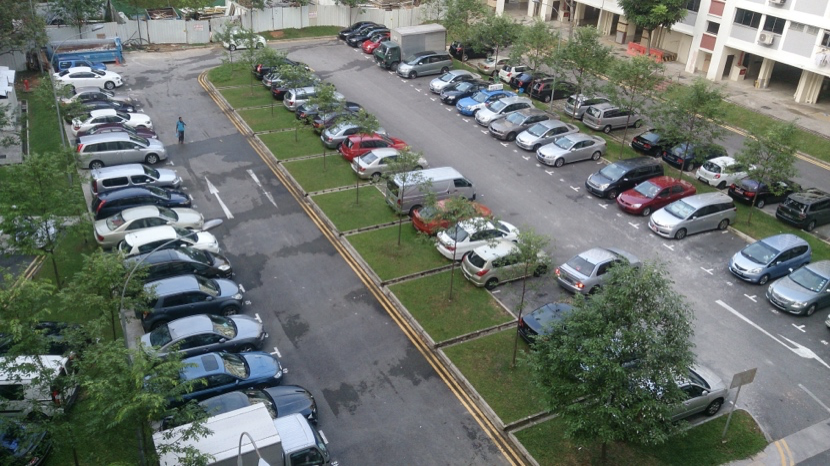
Singapore, a city-state known for its limited land area, has pioneered the use of vertical parking solutions. Automated multi-level car parks and smart parking systems have helped optimize space and alleviate congestion in this densely populated urban environment. Another solution used by Singapore is the mobile parking app Parking.sg, allowing drivers to pay for short-term parking at public car parks via phone. What is more, Singapore has entirely eliminated whole-day and monthly parking coupons, an environmentally friendly choice!
2. Zurich: Embracing Sustainable Mobility

Zurich’s commitment to sustainable urban development focuses on reducing car dependency. The city’s emphasis on public transportation, bike-sharing programs, and car-free zones, has greatly influenced parking policy and reduced car usage. Today, it is no problem to get around Zurich without a car – in fact, about half of the city’s residents don’t own a car because it is so accessible to travel via train, tram, and bus.
3. Los Angeles: The Tech Approach to Traffic Management

Los Angeles, notorious for its traffic congestion, has turned to technology to address parking challenges. LA has implemented real-time parking apps, smart meters, and data analytics to help manage parking spaces and improving traffic flow.
4. Seoul: Smart City Integration for Seamless Parking
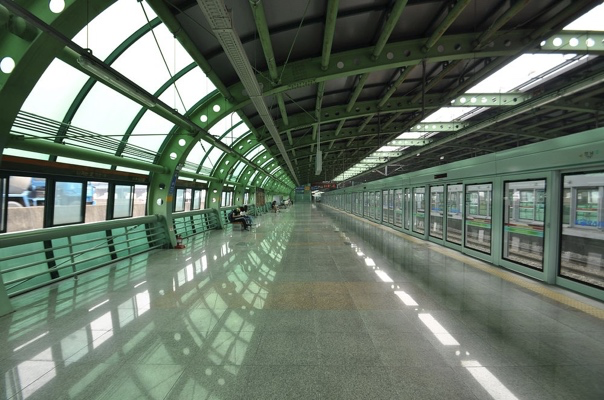
South Korea’s capital, Seoul, has integrated smart city technologies to streamline parking processes. Seoul’s Smart City Integrated Platform is a core technology for managing various urban conditions and operating the Smart City Integrated Operation Center. The development of this platform was initiated in 2015 through government R&D and local government distribution in order to link and utilize information systems such as crime prevention, disaster prevention, and traffic.
5. Copenhagen: Prioritizing Pedestrians and Cyclists
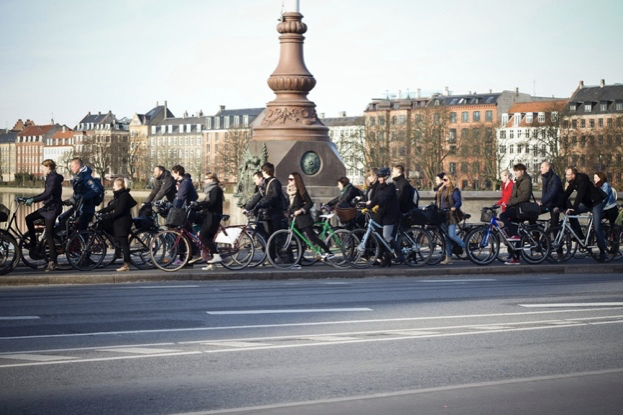
Copenhagen’s approach to urban planning focuses on creating pedestrian and cyclist-friendly spaces. In contrast to cities in the United States, which are often built to favor cars, city planners in Copenhagen have prioritized bicycle transit since the 1970s, when public demand for cycling shifted priorities away from cars. This contributed to the reduced need for parking, as well as a more livable urban environment.
These case studies exemplify the diverse strategies cities employ to overcome urban parking challenges. From technological innovations to sustainable urban planning, each approach offers valuable insights that can inspire other cities facing similar issues. As we navigate the future of urban living, learning from these global examples will undoubtedly play a crucial role in shaping smarter, more efficient, and people-centric parking solutions for generations.
